Intiñan Museum, Quito,
Intiñan Museum, Quito, Ecuador
After our visit to the Pululahua Crater, we proceeded to Intiñan Museum, which features a living history of the Ecuadorian life and has developed into a major tourist attraction. Intiñan Museum is located just outside Quito, a short way from Mitad del Mundo. Apparently Mitad del Mundo’s equator line is off by about 200 meters. Whereas, intiñan museum advertises itself to have the true equator line.

There was minimal entrance fees, but with an added advantage of a guided tour through the exhibits. There were not a lot of exhibits and the guide took around 1-hour to take us around the premises. She was very pleasant with a sense of humor. At first she focused on the tribes’ daily life, starting with the replicas of the typical colony of the tribes. There was a display of primitive style kitchen with a large pot on a makeshift, what appeared to be, a wood burning stove. several pots and pans were stored around the area.

Kitchen in Initñan Museum 
Stored tea leaves
Next display was history of the indigenous people in the amazon and their practice of head shrinking rituals . More on it in a future post.


There was an authentic home built long time ago by the indigenous people giving visitors a chance to see living history of Ecuadorian life complete with a live guinea pig farm and free range llamas roaming around. By the way, guinea pig (Cuy) is considered a delicacy in South America. Cuy (guinea pig) is one of Peru’s most famous dishes that is fried or roasted .



The central focus of museum was a totem pole surrounded by several stations for different interactive demonstrations for the tourists or visitors. The museum is bisected by red painted line indicating the real equator where they test the physical forces at work through various fun activities.

Activities included walking on the equator line to prove that conflicting pull from the North and South making it difficult to walk along the red equator line. Another activity involved balancing an egg on a nailhead to prove the theory that it can only be done on the equator. Those who succeeded were to get a certificate. The most interesting was the Coriolis force which they demonstrated by showing the flow of water draining from a sink in counterclockwise or clockwise direction depending on which side of the equator line the sink was placed. When placed on Northern side flow was counterclockwise, and when moved to the Southern side the flow changed to clockwise, but the water dropped straight down on the equator line.

Traditional handicrafts, hunting and fishing equipment and traditional household equipment such as a variety of mortar and pestles, and hand operated stone mills for grinding corn or wheat were displayed around the area.
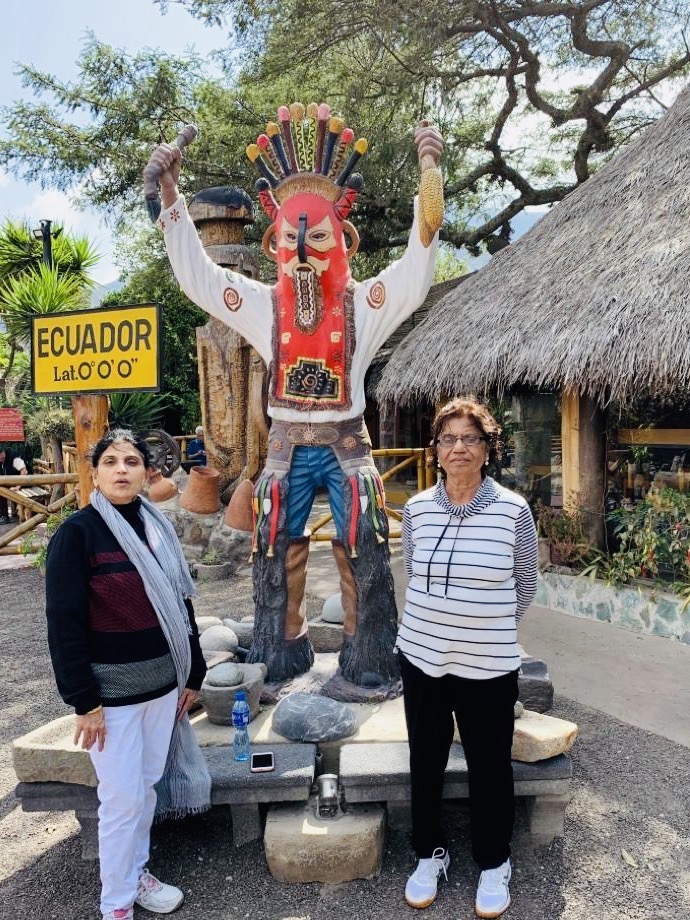

This was of particular interest to me. When I was growing up in India, we used mortar and pestles for grinding spices, and Chakki (hand operated stone mill) for grinding wheat for making bread. We, as kids, used to help out with the chores with great excitement and enthusiasm. I still use granite, and brass mortars and pestles, timeless devices, in my kitchen on a regular basis. Guided tour through Initñan Museum was very interesting, and thought provoking. A great place for a day of fun for families with children who visit Quito, Ecuador.


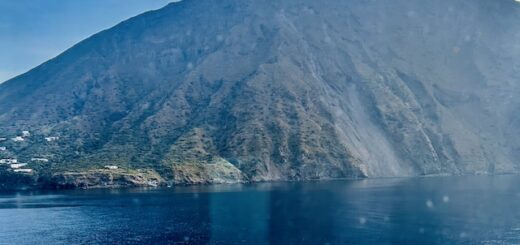
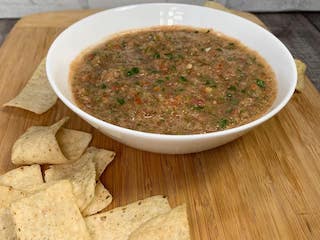
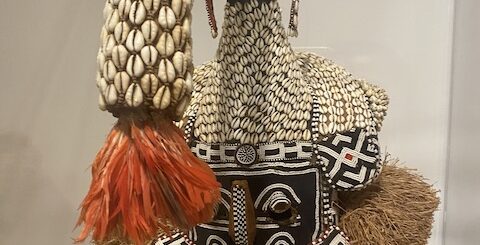
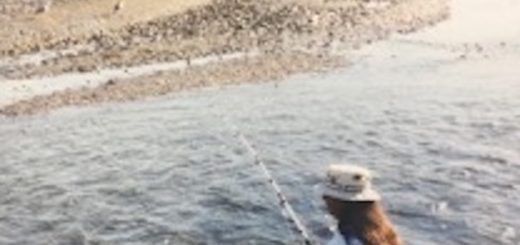
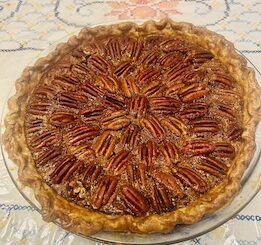

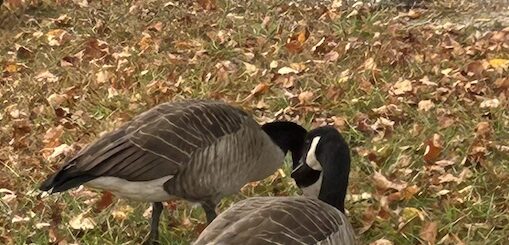
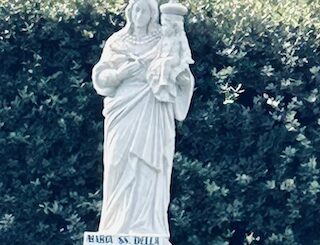
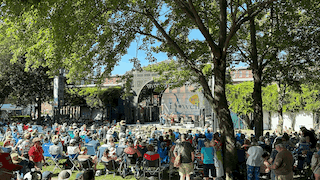
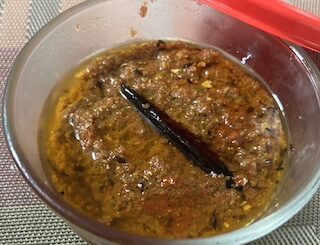
I would love to travel to places like this. It is so interesting. Your blogs are wonderful and inspirational. Thanks .
Thank you Xandra. I really appreciate your support. How about coffee, let me know when. Have a wonderful day. You just made my day.